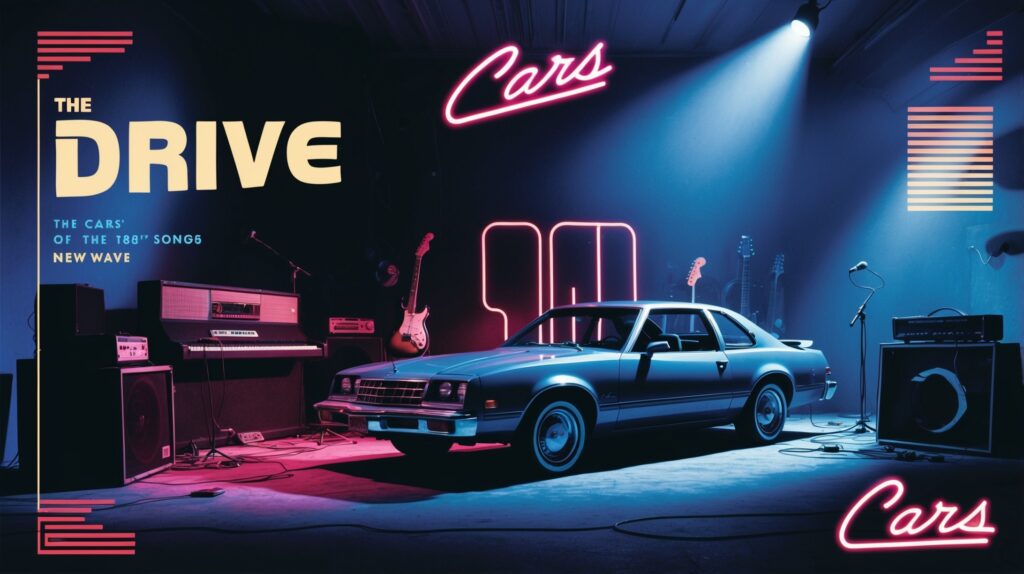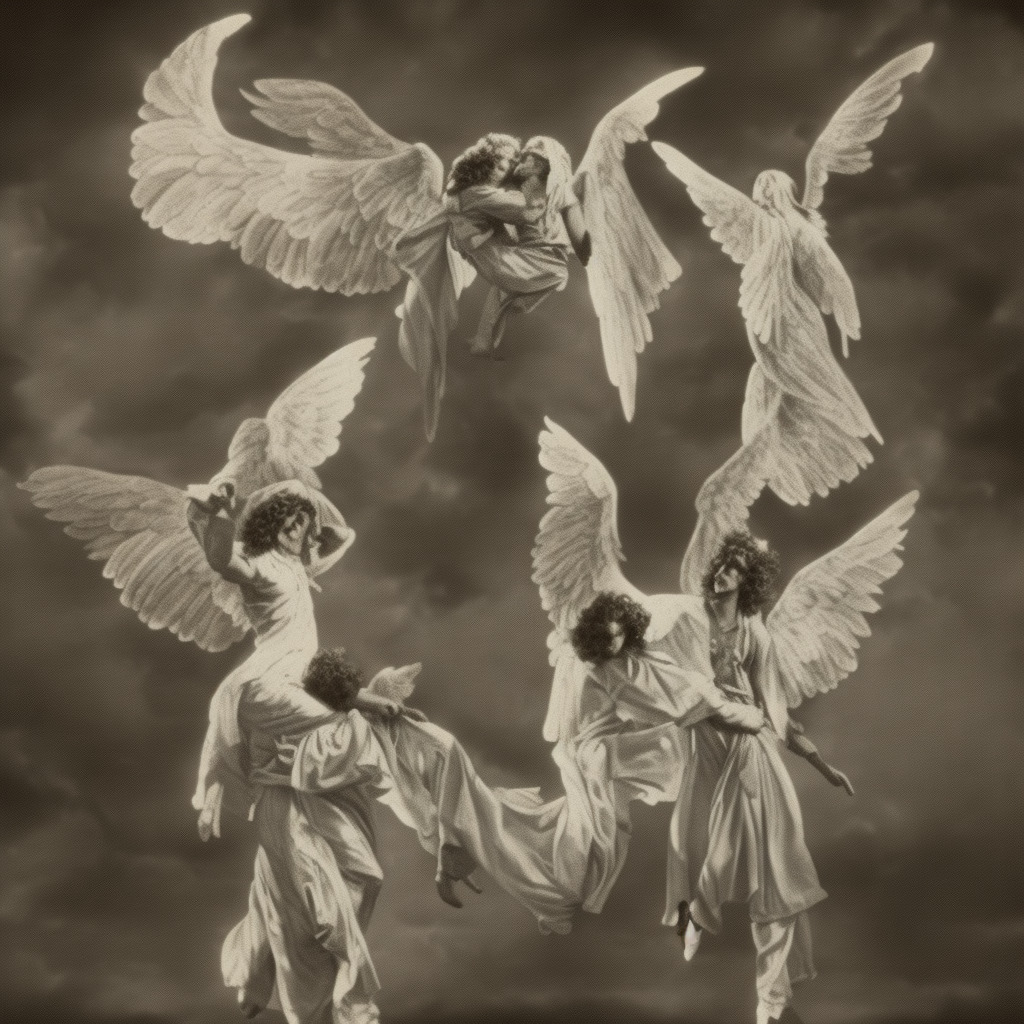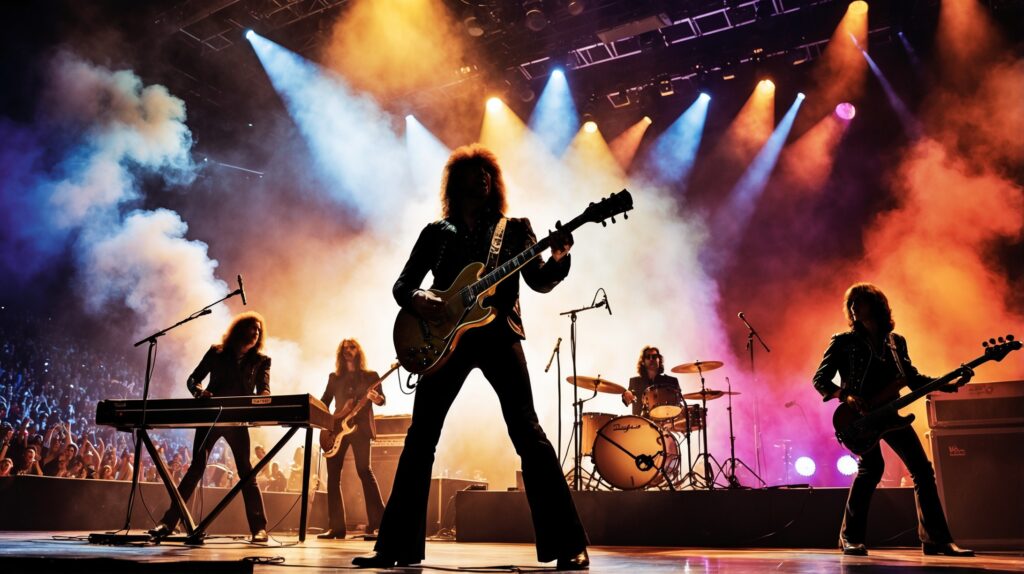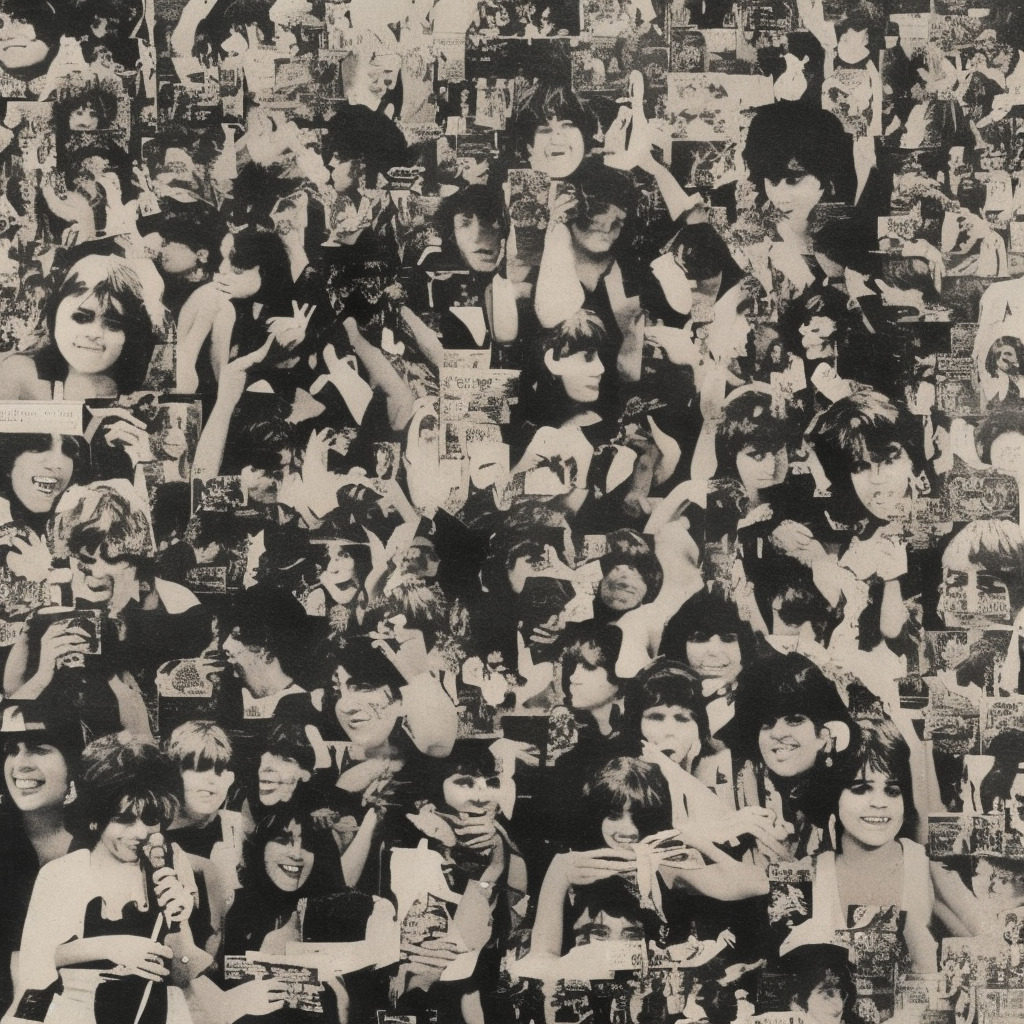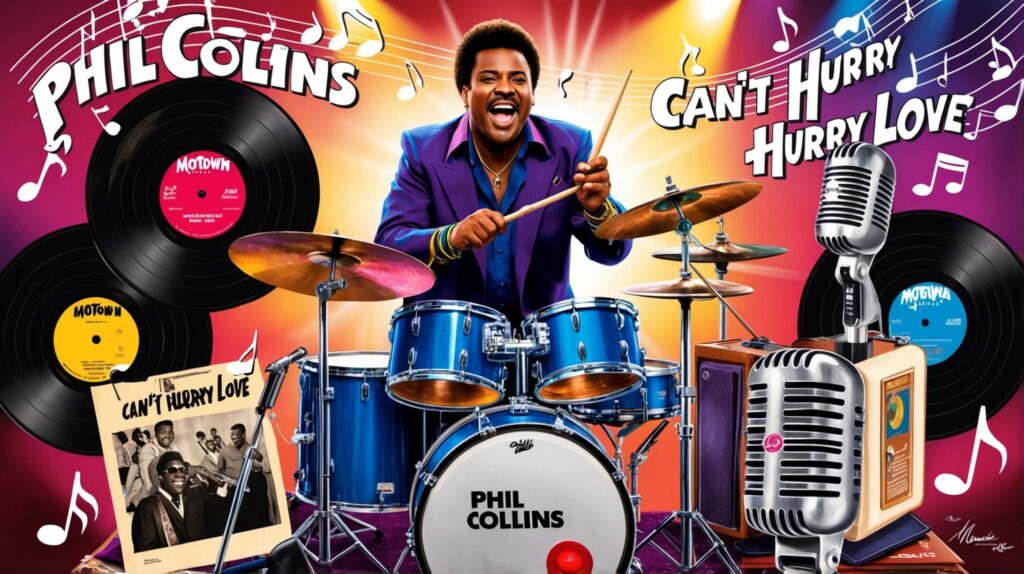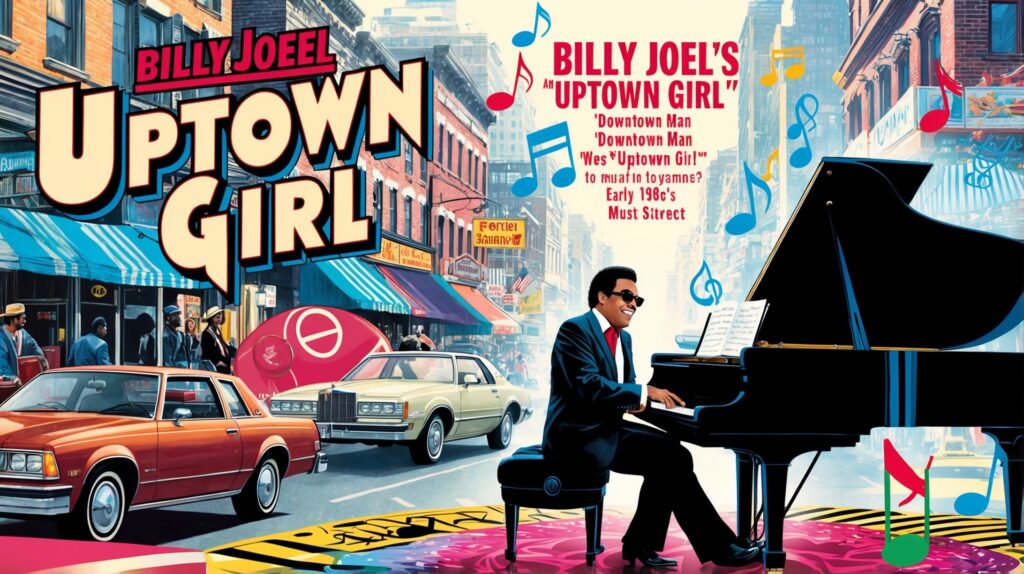Exploring The Cars: Pioneers of New Wave and Rock
The Cars, celebrated as pioneers of New Wave with rock and pop influences, gained immense popularity with their unique sound in the late 1970s. Founders Ric Ocasek and Benjamin Orr led the band to success with a creative partnership, and their 1984 hit “Drive” exemplifies their impact on the music scene.
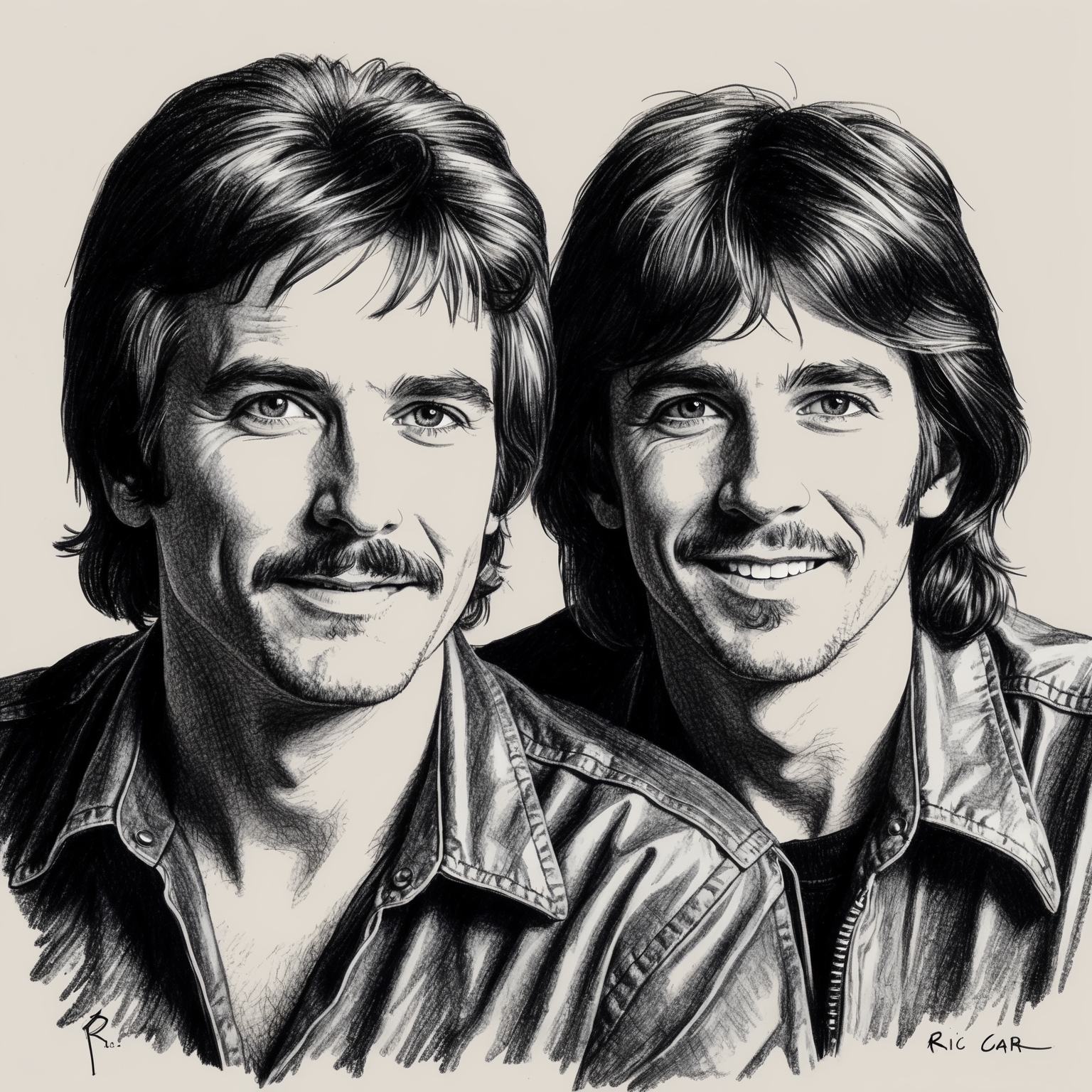
The Cars emerged in the late 1970s, captivating audiences with their innovative blend of rock and pop, which helped define the burgeoning New Wave genre. Their groundbreaking sound was characterized by unique synthesizer-driven melodies, catchy guitar riffs, and eloquent lyrics that resonated with the cultural landscape of the time. In the backdrop of their many memorable hits, the song “Drive” stands as a testament to their ability to transcend musical boundaries and achieve timeless appeal.
Originating from Boston, The Cars were founded by Ric Ocasek and Benjamin Orr, both of whom brought their unique artistic vision to the band. Ocasek, with his distinctive vocal style and understated appearance, became a quintessential figure in the rock scene, while Orr provided a contrasting vocal dynamic that added depth to their tracks. Their partnership formed the backbone of The Cars, creating a creative synergy that fueled their ascent to fame.
The Cars’ early career was marked by inspirations from both art rock and garage punk, melding into a fresh sound that struck a chord with audiences. By the time “Drive” was released in 1984, The Cars were already a significant force in the music industry, renowned for their polished production and relatable themes. This era of the band further solidified their status, as they managed to bridge the gap between the raw energy of rock and the evolving aesthetic of electronic pop.
The Maestro Behind ‘Drive’: Ric Ocasek
Ric Ocasek’s role as the composer of ‘Drive’ was pivotal in shaping the song’s emotional depth and musical sophistication. A co-founder of The Cars, Ocasek’s innovative blend of rock and new wave sounds made him a defining figure of the era, crafting hits that stood the test of time.

Background and Career: Ric Ocasek, the principal composer of ‘Drive,’ was a multifaceted artist known for his distinctive voice and sharp songwriting skills. Born in Baltimore and raised in Cleveland, Ocasek’s early years were marked by a deep passion for music that eventually led him to Boston, where he met future band member Benjamin Orr. Ocasek’s involvement with The Cars began in the mid-1970s, serving as a co-founder and guiding force for the band. His musical journey saw him transition from a struggling musician to the frontman of one of rock’s most celebrated bands.
Musical Style and Influences: Ocasek’s unique approach to composition was heavily influenced by the burgeoning new wave scene of the late 1970s and early 1980s. His work often blended rock, pop, and electronic elements, crafting a sound that was both innovative and timeless. He drew inspiration from a variety of sources, including early rock pioneers and contemporary peers, creating compositions that were characterized by their catchy hooks and emotive depth. Ocasek’s ability to synthesize different musical styles laid the groundwork for The Cars’ signature sound.
Role in the Song’s Creation: As the primary composer of ‘Drive,’ Ocasek played an instrumental role in shaping the song’s emotional landscape. He crafted a melody that complemented the reflective lyrics, creating an introspective atmosphere that resonated with listeners. Despite not being the lead vocalist on this track, Ocasek’s composition was central to its success, demonstrating his ability to create music that connects on a personal level. His skillful integration of synthesizers and traditional rock elements added layers to the song, giving it a distinctive, haunting quality.
Honors, Covers, and Cultural Impact
“Drive” by The Cars has garnered a lasting legacy through various covers and its cultural presence in media, proving its enduring appeal despite a lack of immediate awards.
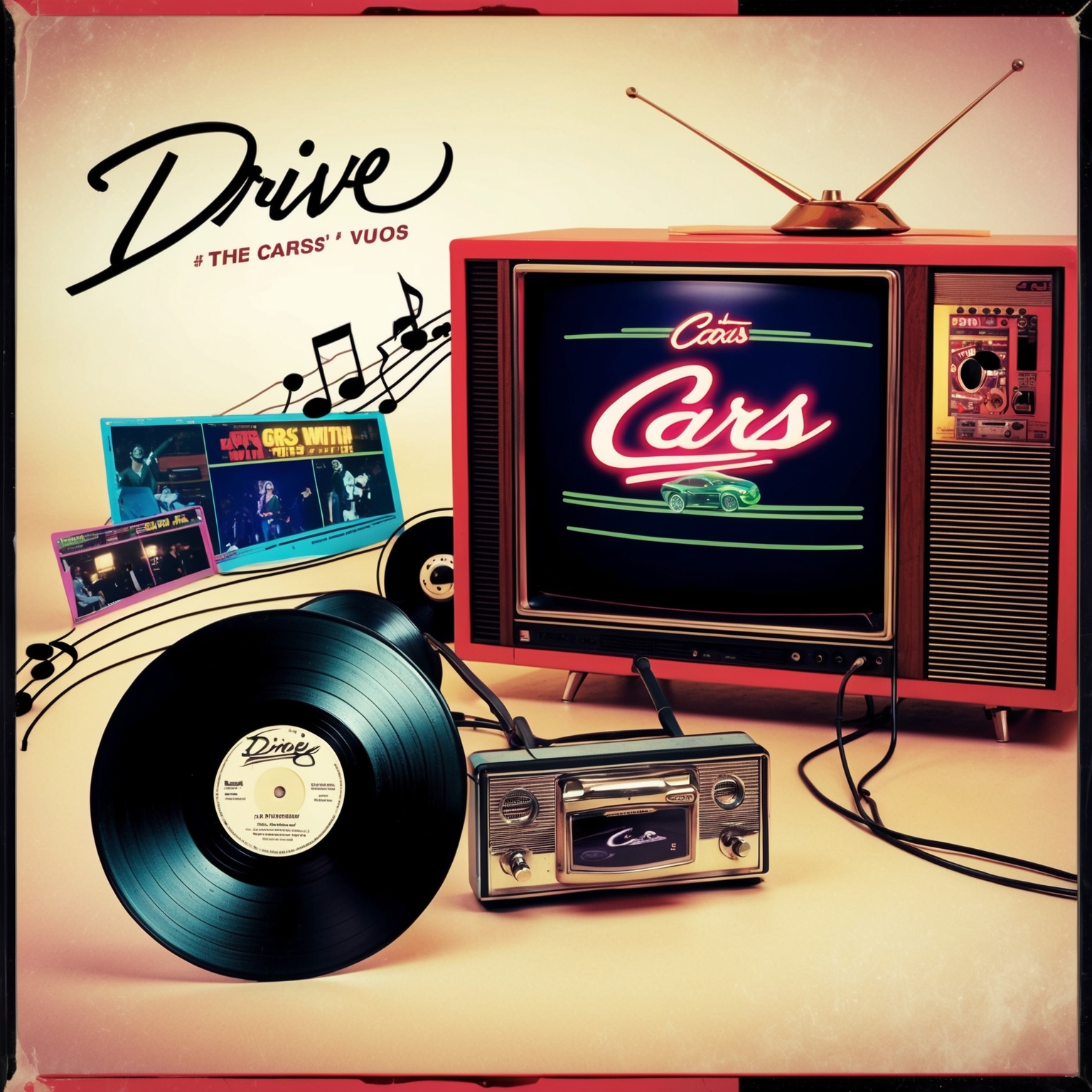
The song “Drive” by The Cars has not only been a quintessential part of the band’s legacy but has also received significant recognition over the years. Although it did not win any major awards immediately after its release, its enduring appeal and emotional depth have been celebrated by both critics and fans. The song has been noted for its haunting melody and poignant lyrics, which have helped cement its place in music history.
A testament to its lasting impact, “Drive” has been covered by a variety of artists over the years, allowing it to transcend its original 1984 release. One of the most notable covers was by the British band The Foo Fighters, who brought a fresh rock interpretation to the classic track. Additionally, Ziggy Marley and Nuno Bettencourt have also given their unique spins on the song, demonstrating its versatility and the broad influence of The Cars on artists across different genres.
Beyond its covers, “Drive” has made its mark in visual media, further solidifying its cultural significance. The song featured prominently in the TV series “The Goldbergs,” bringing a wave of nostalgia to its storyline. It has also appeared in commercials and numerous 80s-themed playlists, capturing the essence of that decade. Despite not having a substantial awards haul, “Drive’s” enduring presence in media and its continued relevance among cover artists speak to its profound impact.
The Chart-Topping Success of ‘Drive’
Drive’ by The Cars soared on the charts in the 1980s, reaching #3 on the Billboard Hot 100 and #5 in the UK, marking a pinnacle in the band’s career. Its success was backed by robust marketing, a memorable music video, and positive critical reception, leaving a lasting cultural legacy.
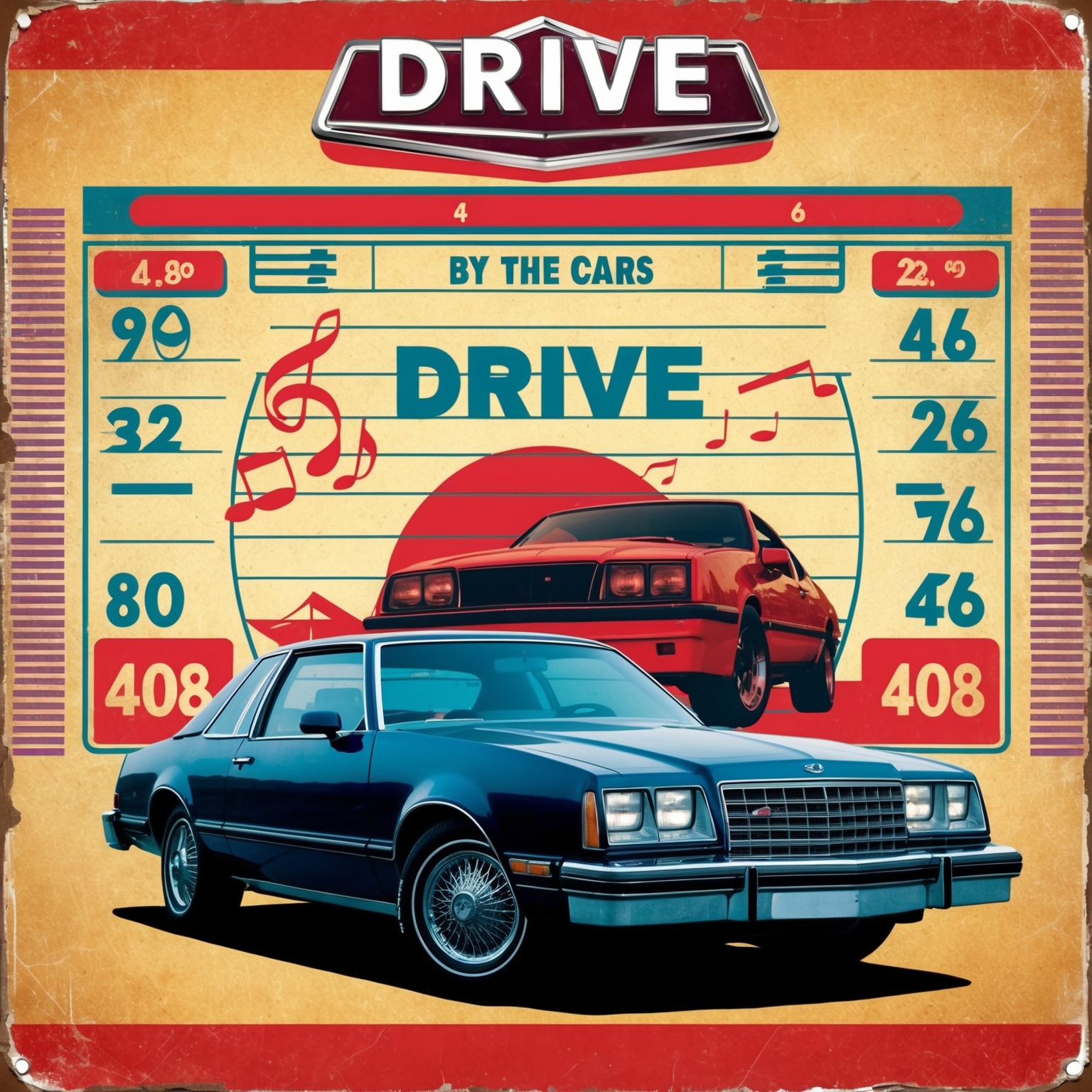
‘Drive’ by The Cars hit the music scene in 1984 and quickly made waves, demonstrating its own drive to become a chart-topping sensation. Released as a single from the album Heartbeat City, ‘Drive’ marked a significant moment in The Cars’ career trajectory. It reached an impressive #3 on the Billboard Hot 100 chart, marking one of the highest positions The Cars ever achieved in the US. This success wasn’t limited to the United States; the song also climbed to #5 in the UK Singles Chart, showcasing its wide international appeal.
Contrast this with the band’s previous singles, and it’s clear that ‘Drive’ was a standout hit, further solidifying The Cars’ status as icons of the 1980s new wave scene. Its success was pivotal in propelling Heartbeat City to become one of the band’s most successful albums. The track’s commercial triumph came not just from its chart performance but also from its inclusion in music playlists worldwide, an achievement that still resonates with fans today.
From a marketing perspective, the success of ‘Drive’ was bolstered by a robust promotional campaign. The music video, directed by actor Timothy Hutton and starring model Paulina Porizkova, was a vital component of this strategy and received heavy rotation on MTV. The combination of strategic promotion and universal themes helped ensure the song’s widespread acclaim. Critics lauded ‘Drive’ for its haunting melody and poignant lyrics, often highlighting it as a high point in The Cars’ discography. Furthermore, it became an anthem for numerous 80s fans and maintained a cultural presence through various media. Decades after its release, ‘Drive’ continues to attract streams and garner attention, underscoring its lasting legacy.
A Cinematic Exploration of the Heart
The music video for “Drive” by The Cars, directed by Timothy Hutton, features model Paulina Porizkova and provides a cinematic complement to the song’s emotional themes. Its critical acclaim and unique visual narrative have significantly contributed to the song’s longstanding popularity.
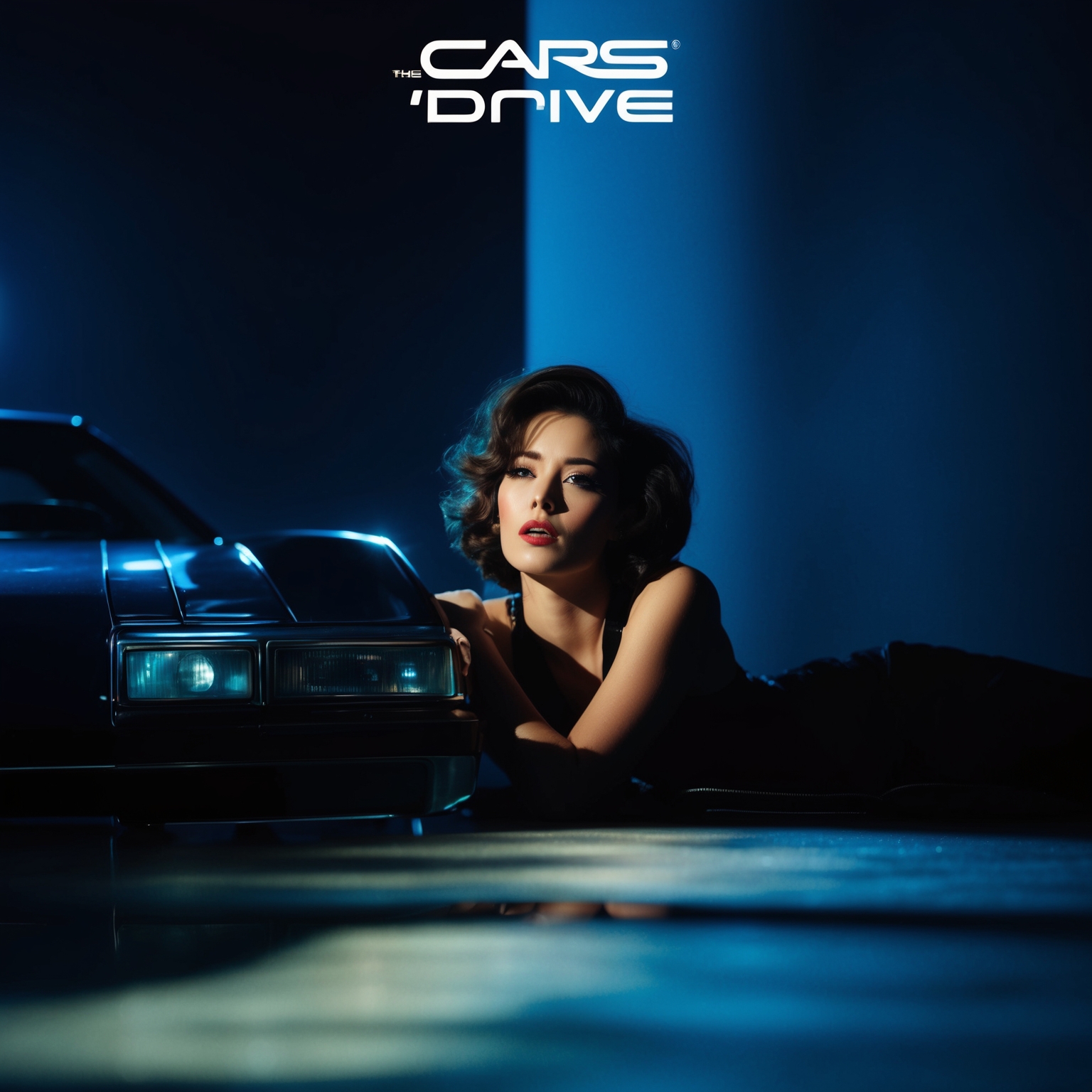
The music video for **”Drive” by The Cars** is an evocative piece that pairs perfectly with the song’s melancholic themes. Directed by acclaimed actor Timothy Hutton, the video features actress and model Paulina Porizkova, who was romantically linked to Ric Ocasek, The Cars’ frontman. Her presence in the video adds a layer of intimate vulnerability, effectively capturing the essence of the song’s introspective lyrics. The visual storytelling works harmoniously with the music, emphasizing the emotional turmoil and care suggested by the song.
The video’s visual composition is a standout, combining stark imagery with masterful lighting to create a moody yet captivating atmosphere. Scenes fluctuate between shadowy, introspective moments and brighter, emotionally charged sequences, symbolizing the song’s core conflict of yearning and solitude. Hutton’s direction brings a cinematic quality to the video, making it feel more like a short film than a typical music video of the 1980s era. This approach has helped the video maintain relevance and emotional impact, providing a timeless accompaniment to the song.
Upon its release, the music video for *”Drive”* was met with critical acclaim, enhancing the song’s popularity beyond radio airwaves. The combination of poignant visual narrative and the haunting melody allowed it to resonate deeply with audiences, capturing a unique slice of 1980s music video artistry. The choice of Hutton to direct and Porizkova to star was widely praised, and the video enjoyed substantial rotation on music television channels, contributing significantly to the track’s enduring legacy.
Deconstructing the Musical Complexity of ‘Drive’
“Drive” by The Cars is a masterclass in balancing simplicity with lush musicality, characterized by its warm synth layers, steady rhythm, and emotional depth. The song marks a shift in The Cars’ discography, signifying thematic and stylistic evolution.

“Drive” by The Cars showcases a distinct blend of simplicity and richness that underscores its enduring appeal. Written in the key of B-flat major, the song embraces a classic pop ballad structure that balances melancholic melodic lines with subtle harmonies. The chord progression follows a path that weaves a comforting yet wistful atmosphere, pivotal to its emotional resonance.
The song maintains a steady tempo of approximately 114 beats per minute, settling into a rhythmic pattern that emphasizes space rather than busy complexity. This choice allows the poignant lyrics and the gentle crescendo of the instruments to shine, creating a timeless sense of longing and reflection.
Instrumentally, “Drive” leans heavily on minimalist arrangements, which are contrasted by the lush, full sound of the synthesizers, iconic of the 1980s newfound electronic exploration. The piano introduces a sense of intimacy while the guitars provide subtle depth, blending seamlessly with the intricate layers of synths and a gentle drumbeat that grounds the track.
Comparatively, “Drive” marks a significant point in The Cars’ discography, illustrating a creative pivot from their more straightforward rock sound to incorporate intricate, emotion-laden compositions. This shift is evident when juxtaposed with earlier tracks like “Just What I Needed” or “My Best Friend’s Girl” from previous albums, which emphasized upbeat tempos and catchy, rock-driven tunes. “Drive” reflects a thematic maturity, stepping into more introspective and deeper emotional territory not as prominent in their initial musical endeavors.
An interesting fact about the production is the song’s association with producer Robert John “Mutt” Lange, renowned for his meticulous attention to detail. Recorded in the famous Battery Studios in London, the synergy between Lange’s production prowess and The Cars’ evolving musical identity brought about this iconic track. Anecdotes from the recording sessions reflect a seamless fusion of creative vision and technical prowess, bringing out the song’s unique sentimental depth.
Diving into the Emotional Resonance of ‘Drive’
Explore how ‘Drive’ by The Cars uses emotional storytelling and literary devices to convey themes of vulnerability and support.
It’s too late?
Who’s gonna tell you things
Aren’t so great?
You can’t go on, thinking
Nothing’s wrong, oh no
Who’s gonna drive you home
Tonight?
Who’s gonna pick you up
When you fall?
Who’s gonna hang it up
When you call?
…
******* This Lyrics is NOT for Commercial use *******
 The lyrics of ‘Drive’ by The Cars unfold a deeply emotive narrative that touches upon themes of support, dependence, and emotional vulnerability. At its core, the song is a plea for companionship and reassurance, encapsulated by the repetitive questioning of ‘Who’s gonna tell you…?’ This recurring line suggests a sense of urgency and concern, drawing attention to the isolation of the individual addressed in the song. Such introspective themes were strikingly resonant during the mid-1980s, a time marked by both personal introspection and social upheaval.
The lyrics of ‘Drive’ by The Cars unfold a deeply emotive narrative that touches upon themes of support, dependence, and emotional vulnerability. At its core, the song is a plea for companionship and reassurance, encapsulated by the repetitive questioning of ‘Who’s gonna tell you…?’ This recurring line suggests a sense of urgency and concern, drawing attention to the isolation of the individual addressed in the song. Such introspective themes were strikingly resonant during the mid-1980s, a time marked by both personal introspection and social upheaval.
The storytelling in ‘Drive’ adopts a second-person narrative perspective, which is somewhat unconventional yet impactful. By directly addressing ‘you,’ the lyrics invite listeners to see themselves in the narrative, enhancing the song’s emotional appeal. This style allows the song to become a form of dialogue, reflecting an intimate conversation between two people. The questioning nature of the lyrics adds an element of concern and care, as though the narrator is desperately reaching out to prevent an impending sense of loss or sadness.
Literary devices play a pivotal role in coloring the lyrics of ‘Drive.’ The strategic use of repetition creates a haunting and memorable quality, emphasizing the song’s key messages. The simplicity of the language is deceptive, crafting a profound emotional depth with few words. By utilizing common, everyday phrases, the song achieves relatability and universality, making the sentiments expressed within resonate strongly with a broad audience. The metaphorical imagery of ‘driving home’ ties back to themes of security, guidance, and the human need for a safe haven. In comparing ‘Drive’ to other works by The Cars, one notices a departure into more tender, introspective lyricism, which adds a layer of uniqueness to the song’s lyrical tapestry.
From an emotional standpoint, ‘Drive’ is masterful in its evocative capability. The feeling of longing and care interwoven in its lyrics creates a connection with the audience, inviting introspection and evoking empathy. This emotional resonance, combined with the song’s timeless questions, is a significant factor in its enduring popularity and influence.
🚗✨ Did you know? The Cars’ iconic song Drive was sung by bassist Benjamin Orr, not Ric Ocasek! 🎤✨ #Drive #TheCars #80sNostalgia #FunFact #MusicTrivia https://bit.ly/4fuXdcU
Click to Tweet

